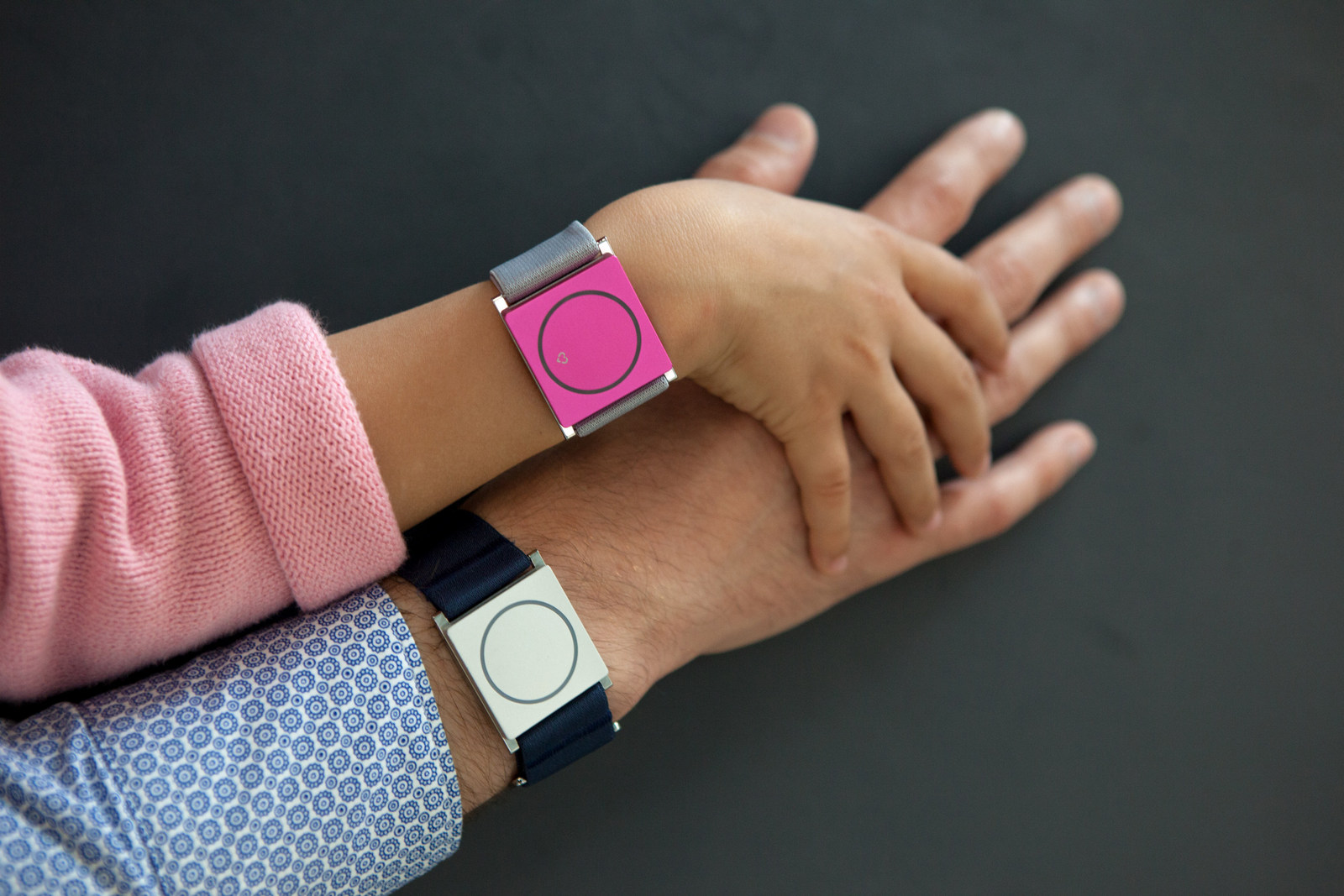The first-ever medical-grade smartwatch for a neurological condition is helping wearers who may suffer epileptic seizures.
A smartwatch that can detect seizures and send alerts to caregivers has been approved by US regulators. It’s able to send alerts to caregivers, friends, and family, when the wearer is having specific and dangerous kinds of seizures, known as “generalized tonic-clonic” or “grand mal” seizures.
According to recent estimates by the CDC, as many as 1.2 per cent of the US population suffers from epilepsy, and approximately 35 per cent of these patients do not respond to medication to control their seizures. Another third are only partially responsive to medication.
During testing, the device monitored 135 patients for a collective total of more than 6,500 hours, correctly identifying seizures at the same rate as much more elaborate hospital equipment.
The Embrace is a wrist-worn sensor, and tracks a range of bodily functions, as do other popular smartwatches. In addition that however, this smartwatch also detects increasing skin conductance, which is a leading indicator of disturbances in the nervous system during an epileptic attack. These electrical activity spikes originate in the brain and can be measured on the surface of the skin via non-invasive sensors.
During a seizure, the device vibrates, with the face of the watch showing spinning LED rings. More crucially, an alert is sent via smartphone to an app that can send a distress signal via SMS or phone call, to one or more specific caregivers. The smartwatch is priced at 249 USD, while the app is subscription based, at 9 USD per month, and allows users to build an automatic epilepsy diary.
The device was first launched via a crowdfunding campaign, following seizure monitoring research conducted at the MIT Media Lab with Professor Rosalind Picard, Director of the Affective Computing Group and Chief Scientist at Empatica. In a press release, Professor Rosalind talked about the device’s journey.
“We have worked for years building wearable stress and emotion sensors, and then accidentally discovered we could pick up changes in the skin elicited by brain activity related to the most dangerous kinds of seizures.”
The company also manufacture an ‘E4′ research device, designed for use by professionals in hospitals, research institutions, and pharmaceutical companies, offering real-time physiological data and monitoring.
While it’s certainly a huge step forward when it comes to smart wearables than can support wearers’ health, and a huge opportunity for epilepsy-sufferers and their caregivers, it will be interesting to see whether this kind of technology will end up not just being commercially available, but also integrated into devices which are used by public health systems too.






